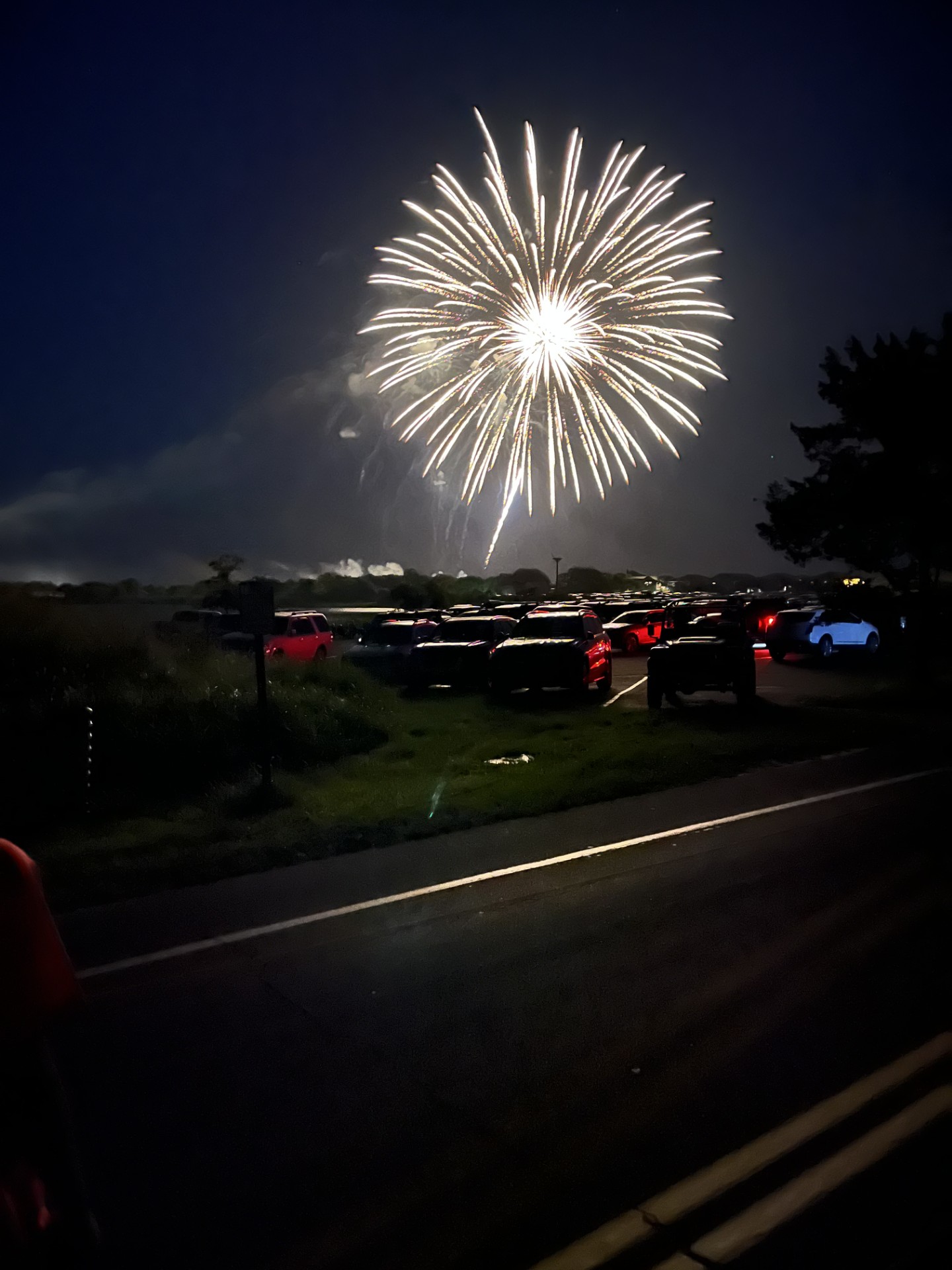
I was skeptical when I heard that God had miraculously saved Donald Trump at a rally in Pennsylvania while permitting a local man to die, but after several Republican spiritual and political leaders confirmed it, I was forced to reconsider.
A Website of the Radical Imagination

I was skeptical when I heard that God had miraculously saved Donald Trump at a rally in Pennsylvania while permitting a local man to die, but after several Republican spiritual and political leaders confirmed it, I was forced to reconsider.
Green Border, which is showing until Thursday in NYC, is my idea of counterprogramming to the RNC. You won’t get out of the flic without tears, but it’s not for goodies only. While the movie leaves the implication that human beings may be “cured by altruism” (per Stanley Corngold’s First review), it also implies that such cures are not matters of opinion. What’s “good for body and soul” is “to risk your well-being in caring for others.”
One Brit critic had caveats and I’ll allow Green Border might not be a work of art that will work a century from now. Director Agnieszka Holland hasn’t come up with a genius metaphor for Fortress Europa. (There’s no cinematic equivalent to the hi-tech marijuana factory run by gangsters in the Dardennes’ immigration saga, Tori and Lokita.) But right here, right now — as I flash on the charmer Nur (a Syrian boy who drowns in a Polish swamp) — Holland’s humanism without borders is undeniable.
What follows is the soulful song that soundtracks a minute of joy in Green Border. A couple Polish teenagers nod their heads with three African refugees who rap along to Youssoupha’s testament…
The author posted this before the assassination attempt. It’s still on time…

Photo by Tracy Harris
I have been reporting on and writing about politics for 55 years, and I have never in all those years seen people so depressed about the state of our union, as they say.

Image by Ben Kessler
…
The day after Biden won in 2020, Fredric Smoler mused on the nature of the president-elect…
The author wrote this post last month, before last Thursday’s debate, but his movement of mind is not only not out of time, it chimes with Cong. Jamie Raskin’s bracing clarities in a Q&A yesterday…
…
It’s a familiar trope of old horror films. Everyone is aware of the fanged entity creeping up on the heroine, except the femme fatale herself. You might be tempted to point, or even scream “Behind you!” But, of course, you won’t be heard.
There is something strangely analogous to that frustration – not being heard – which might strike a chord with those who have tried to express their misgivings about Trump to those of other persuasions.
Let it be known that W.C. “Bill” Heinz’s “The Professional” is the best boxing novel ever written. He was the Balzac of boxing, a master of unadorned prose.
Let it also be known that Lucia Rijker, “The Dutch Destroyer,” was the best female boxer I ever saw, a stone cold Buddhist killer. I saw her once on the street in New York and she was a beautiful dark angel.[1]
And let is also be known, finally, that Rita Bullwinkel is a young writer and I am an old reviewer.
“Nothing can come of nothing.” –King Lear
Shoutout to C. Liegh McInnis for steering his readers to this fine, felt rap on Willie Mays’ legacy.
Originally posted here seven years ago…
The other week, deep summer, we went to see David Johansen in his persona as Buster Poindexter. For many years now, Johansen, former New York Dolls lead singer and front flounce, has in his cabaret act been one of the great American songbook curators (Jonathan Schwartz wishes), lurking in the brilliant corners of U.S. pop. (Without Johansen I’d never have heard Katie Lee’s late-1950s pop-Freudian homage, Songs of Couch and Consultation, lead song “Shrinker Man.”) At the end of this particular set at City Winery, he called to the stage his wife Mara Hennessey, who announced that she had a particular favorite she’d like David to sing, whereupon she started to intone the line, “that summer feeling, that summer feeling, that summer feeling,” and Johansen took off into the lyrics. It was so haunting! I knew that song! What was it again? When I got home I looked it up and of course: Jonathan Richman’s “That Summer Feeling.” Astonishing song.
I perked up when “Taxi Brousse,” which sounded like a kora-cized version of “Can’t Buy Me Love,” came on Spotify’s Oumou Sangaré Radio. This 1 plus 1/2 minute song was put down a few years ago by 3MA — an Afropop supergroup made up of three players of different string instruments: Ballaké Sissoko from Mali on kora, Driss El Maloumi from Morocco on oud and Rajery from Madagascar on valiha. The band takes its name from the first two letters of each member’s country of origin in French: Madagascar, Mali, and Maroc.
One song led to another…
Pullen’s tribute to Monk (and Powell), which comes with his own perfect swirls, is echt modern jazz, like Monk plays Ellington.
Catch Eddie Palmieri’s smile (@ at 4:24) as his brother keeps firing…
I hadn’t seen my musician-friend for a bit, but we met up by the 125th St. pier one evening before the heat wave hit. I headed down to the same spot the next night, hopped the fence and sat closer to the river. He’d sent me a link to “Unwind” after I got home the day before. It was in my ear as I unwound with the breeze and a corona, though the song is more exacting than relaxing…
Hope you feel the precise ache in the singing/playing, and don’t pass over the lovely wordless outro. Like the singer, you may feel like you’re waiting on someone, but I wonder if it’ll turn out better than this song’s ender…B.D.
Watch “SNCC” (with a quick and dirty review) below. A short film on “The Bikeriders” back story follows…

SNCC is a non-fiction film made by Danny Lyon about his giddy time inside the “beloved community” that took down Jim Crow. Lyon, who was born wild, maps the movement of mind that led young radicals to dump (what one blissed out poet of revolutionary dawns termed) “the meagre, stale, forbidding ways/Of custom, law, and statute.” (You can watch SNCC here, one tap away, at Lyon’s Bleak Beauty blog.)
Picking up on an invite from John Lewis, who’d become his friend-for-life, young Lyon stepped off from the University of Chicago to join the Southern freedom movement in 1962. James Forman, SNCC’s executive secretary, saw that Lyon’s eye might have its uses for an organization that needed to make Americans all over the country feel the struggle for Civil Rights down home. Lyon became SNCC’s first/echt official photographer. His movie’s narrative rests on hundreds of his 35mm still pictures (many of them never shown before) and a soundtrack of recordings made inside black churches in the early 60s.
I Love You, Stormy Daniels
(a tanka)
Sweet the cuffs will close
due to a porn star he said
looks like his daughter.
Cops got Capone for taxes,
too. Who’s grabbed by the crotch now?
[Originally posted on April 1, 2023.]
George Orwell in 1984: “The party told you to reject the evidence of your eyes and ears. It was their final, most essential command.”
Here’s a comprehensive take on Mercedes from Jane McAlevey–someone with way more organizing chops than I’ll ever have.
For my part, I woke up on May 17 thinking, “Brace yourself, they’re probably going to lose.” In my experience, the “Baby, just give me one more chance…” angle is highly effective. Mercedes implemented substantial improvements in the wage structure while still retaining a somewhat reduced version of the “Alabama discount”. Then they fired the plant manager and the new guy asked for some time to set things right. They intimated that, if people were still discontented, they could come back in a year and vote the union in. Of course, Mercedes will spend the next year systematically undermining union support, harassing union leaders, etc. (though they may be somewhat constrained by German and U.S. labor investigations).
May 24, 2024
Donald Trump invited two rappers who are members of the 8 Trey Crips gang onstage with him at his rally in the Bronx yesterday. Tegan “Sleepy Hallow” Chambers did eight months in prison on charges of gun possession and criminal conspiracy. Michael “Sheff G” Williams served two years in prison for criminal possession of a firearm. Both men were arrested last year along with 32 other gang members in a 140-count indictment for gang activity, murder, and conspiracy.
Cast Out of Eden: The Untold Story of John Muir, Indigenous Peoples, and the American Wilderness by Robert Aquinas McNally. University of Nebraska Press May 1, 2024
“Only to the white man was nature a ‘wilderness’ and only to him was the land ‘infected’ with ‘wild animals’ and ‘savage’ people.” — Luther Standing Bear
Recent events in Gaza have animated current discussions about “genocide” and what it has meant and still does mean. Those who want to understand it might look back at the history of the frontier in America and on the life of John Muir who is so firmly lodged in California lore and legend that he seems as impregnable as El Capitan, the huge granite monolith in Yosemite National Park which Muir helped to create in 1890 and then aimed to protect with help from our jingoist big game hunter Theodore Roosevelt. Muir’s name is written all over the state of California: John Muir Wilderness, John Muir National Monument, John Muir National Monument, John Muir College, John Muir High School, and more.